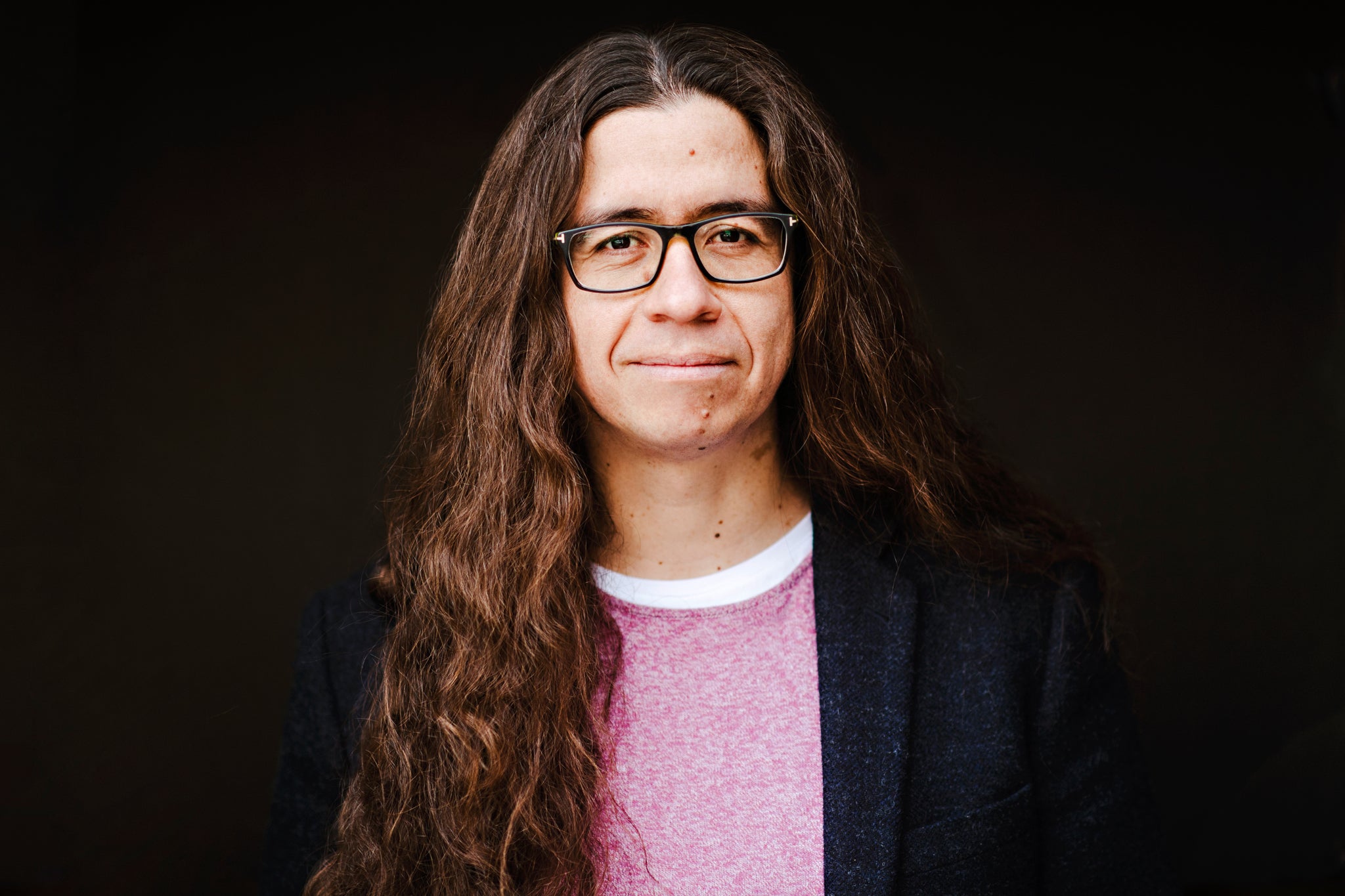Juan Moreno-Cruz is an IC3 member and professor at the School of Environment, Enterprise and Development at the University of Waterloo.
The original article is featured in Waterloo Stories.
Massive engineering projects could reverse climate change and reduce poverty — but they are dangerous
By Sam Toman
With everything else going on, it’s easy to forget the climate crisis. Juan Moreno-Cruz, a researcher in the Faculty of Environment and a Canada Research Chair in Energy Transitions, has a not-so-gentle reminder.

Juan Moreno-Cruz
Professor, Faculty of Environment
> Canada Research Chair in Energy Transitions
> University of California, San Diego research collaboration
“Climate change is still out there and it’s only getting stronger,” he says, stressing that hopes for a co-ordinated effort in reducing emissions are vanishing. Riskier solutions to manage climate change should now be on the table.
“I actually hate when people say, ‘climate solution,’” Moreno-Cruz says, who arrived at the University of Waterloo via his native Colombia. At each stop in his academic career, this engineer-turned-economist became obsessed with looking at a problem that will be with us, “essentially for the rest of time — there are no so-called solutions at the moment. At this point, we are not problem solvers, but problem managers.”
What Moreno-Cruz wants us to get real about is the magnitude and urgency of the problem we face. With governments and industry moving too slowly, can big bold engineering ideas save us in the end?
Climate engineering is a hot-button topic
Climate engineering, better known as geoengineering, is a hot-button topic. Debate is swirling around massive projects such as sucking carbon dioxide out of the sky so the atmosphere will trap less heat, and even launching a mirror into space to reflect sunlight away from the planet so less heat is absorbed.
“I know, this sounds like science fiction, but many scientists around the world are doing research on these options,” Moreno-Cruz says.
For Moreno-Cruz, Hail Mary engineering projects that place reflective particles in the sky give him pause. But his personal academic journey compelled him to examine the impact of climate change on vulnerable populations and this is a last stop.
Climate change affects poorer countries more than rich countries
As with most crises, the poorest people on the planet routinely suffer the most from the effects of climate change and, on occasion, even well-meaning climate-change solutions.
“As an engineering student in Colombia, I focused more on how to manage the pressing problems of a developing country. It was natural work, urgent work,” Moreno-Cruz says. “But the more exposure I had to academics from North America and Europe I saw the kinds of longer-term problems they were working on, climate change especially. The question formed in my head was: ‘How do we deal with a changing climate while also providing for the basic needs of poor populations?’”
A recent study in Nature Communications, co-authored by Moreno-Cruz and an international team of transdisciplinary researchers including Anthony Hardin and Katharine Ricke of University of California San Diego’s School of Global Policy and Strategy, reflects the culmination of this big-horizon work.
By collaborating with researchers around the world in engineering, economics, development studies and more, he’s discovered that at least one proposed geoengineering project — reflecting sunlight away from earth by releasing small reflective particles in the stratosphere — could help avoid the worst consequences of global warming and raise GDP in less affluent countries.
It’s a seductive gambit. The ability to simultaneously fight climate change and poverty — perhaps our two most wicked problems.
“We find hotter countries respond more to small changes in temperature,” Moreno-Cruz says. “Because poorer countries tend to be hotter, there is a disproportionate impact of climate on those countries. The reduction in temperature created by solar geoengineering would benefit poorer countries more than richer countries, reducing inequalities. The rich countries still benefit from solar geoengineering as well, so together, the world becomes richer.”
Geoengineering projects could threaten biodiversity
But there is still much uncertainty and some major risks to geoengineering approaches.
“I’ve talked with friends who are ecologists, including the Faculty of Environment’s Jeremy Pittman, and I have realized the issues that come with the introduction of solar geoengineering could threaten biodiversity,” Moreno-Cruz says. “Again it comes down to us accepting that this is not a solution, but a management strategy over a long timeline. Deploying radical technical projects and then not sustaining them could cause global temperatures to rebound much too fast. How will our ecosystem react?”
Moreno-Cruz stresses that he and his co-authors can’t advocate whether solar geoengineering should be implemented by Canada or elsewhere. “I am a nerd. I focus on one aspect of these projects. Making them a reality and making them fair to its people and the planet, can only happen if we think of climate change action as holistic,” he says.
“We should not be distracted by shiny new technologies. We need to understand them, but we must work to reduce emissions of greenhouse gases and we need to bring people up from poverty. Let’s make people better off. That’s the best way to manage climate change.”

The pandemic has reduced our energy consumption, and Juan Moreno-Cruz, a professor in the School of Environment, Enterprise and Development, tells us what it means for the planet on the Beyond the Bulletin podcast.